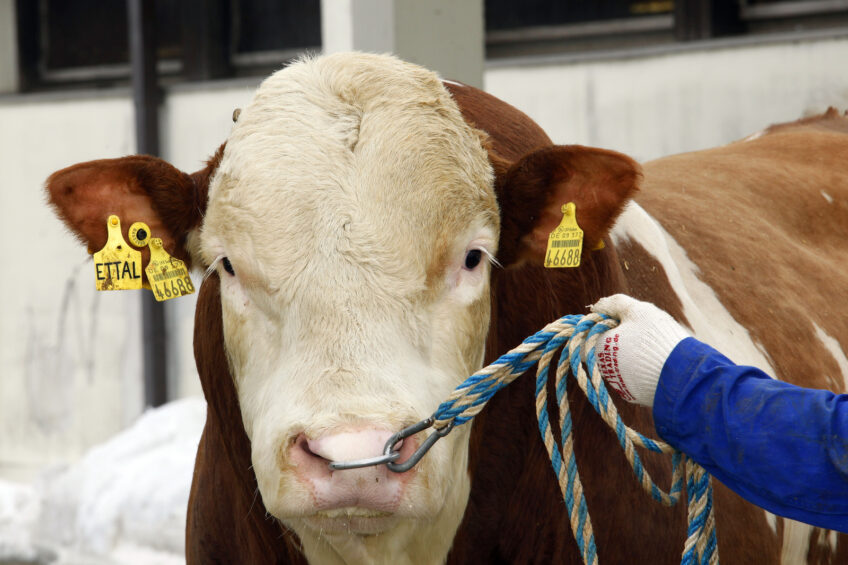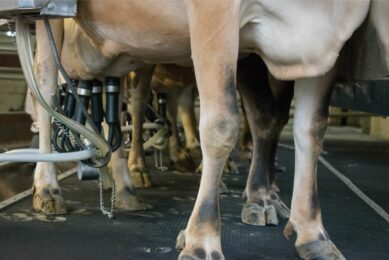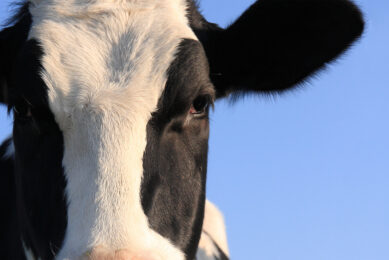Understanding cattle breeding better

Conventional breeding techniques for more milk production may be obvious. However, not so much is known about the underlying genetics, so it is difficult to assess in advance whether the parent animals will actually pass on the required trait.
The Synbreed project, headed by the University of Munich in Germany, is trying to fill the knowledge gaps, which allows scientists to identify characteristics in animals that are particularly advantageous for breeding. In contrast to other common processes, this type of breeding is genome-based and thus much faster and more predictable.
Big data gives answers
The researchers from Synbreed studied the genes of different corn varieties and of cattle and chickens, analysing thousands of samples. Their objective was to find the gene combinations responsible for desirable characteristics. “The big data approach delivered genome information on different phenotypes over a number of years,” relates project leader Prof Chris-Carolin Schön from TUM’s Chair of Plant Breeding.
The secret behind Fleckvieh cattle’s eyes
In Germany, the practice of collecting the genetic fingerprints of breeding bulls was introduced in 2009. During the Synbreed project, the team under Prof Ruedi Fries (TUM Chair of Animal Breeding) discovered which gene sequences were responsible for the dark pigmentation around the eyes of Fleckvieh cattle. The pigment acts like sunglasses, protecting the animals’ eyes against UV rays and possible tumours. “This characteristic would be particularly useful for Fleckvieh cattle in countries further south – and now we can selectively breed it into animals,” explains Fries.
Cattle breeding can be achieved twice as fast
The researchers also detected a genetic defect that makes breeding bulls more or less infertile. “Thanks to the techniques developed during the Synbreed project, successful breeding can be achieved twice as fast as with conventional methods,” says Fries. He is convinced that the genome-based approach will produce healthier animals “because we can identify pathogenic gene variants and eliminate them in the future.” The Synbreed findings discovered by Fries have also been fed into the international “1000 bull genomes project”, in which genomes of the world’s four most common cattle breeds have been sequenced.
Join 13,000+ subscribers
Subscribe to our newsletter to stay updated about all the need-to-know content in the dairy sector, two times a week.










